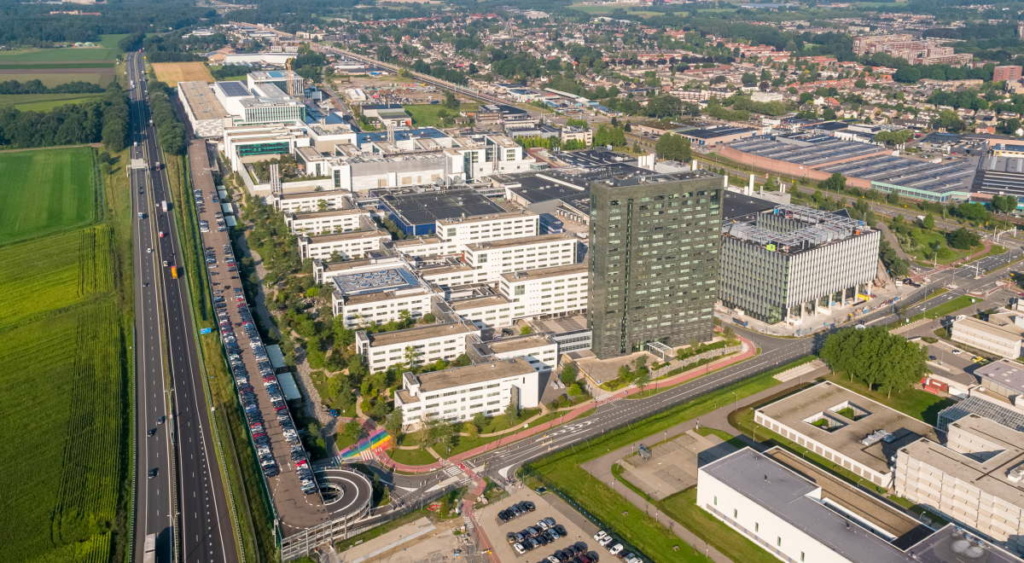Your cart is currently empty!

The AI-driven company: local AI-first
The local AI-first stage marks the shift from augmentation to collaboration, aiming for optimal orchestration rather than full automation, argues Jan Bosch.
In the first two steps of our maturity model, we’ve discussed the individual use of AI and the AI-driven automation of individual process steps. It’s in the third step, which we’ve dubbed “local AI-first,” where things become more disruptive. Here, rather than applying AI as a bolt-on automation tool, we adopt a zero-based design approach, rethinking the business process from the ground up. This reengineering is done jointly by AI specialists and process owners, not by mapping AI onto existing tasks, but by asking: if we were to design this process for AI from the start, what would it look like?
Traditional business processes are structured around the cognitive and coordination limitations of humans – dividing labor, sequencing steps and building in checkpoints. AI systems, however, especially when agentic, operate under a different set of constraints and affordances. They’re capable of ingesting and analyzing vast volumes of data in real-time, combining insights from multiple domains and executing parallel tasks without fatigue or distraction.
So, rather than around the human shortcomings in information processing, the business process is organized around the limitations of AI. This means that process steps or phases may be merged, as an AI agent can easily combine multiple disciplines and access all relevant information quickly. Also, some steps may not even be required and can be removed entirely, such as certain quality assurance steps. Finally, there are, of course, steps where AI is unable to conduct everything independently or at all; this is where tasks are assigned to humans.
The premise behind this is that many of the inherited structures of legacy processes become unnecessary or even counterproductive in an AI-first design. Sequential handovers can often be removed. Silos between departments lose relevance when a single AI agent can access and act on data across domains. Some steps – particularly those aimed at compensating for human inconsistency or error, such as routine quality assurance – may be fully eliminated or radically streamlined.
That said, AI doesn’t solve everything. There are several challenges that companies need to address to fully exploit the opportunities of an AI-first business process. These challenges can be categorized into three buckets: technical limitations, process complexity and organizational and cultural barriers.
First, for any machine learning model, LLM or AI agent to operate properly, it needs access to data and legacy systems and it needs to meet quality requirements such as response times. As discussed in one of the earlier posts, access to high-quality data with associated semantic data schemes in large volumes remains a challenge for many companies. It requires careful decision processes about what data to collect and where to process it and the ability to start and stop gathering certain data. Many companies struggle with this as data was often collected for very different purposes and frequently lacks the level of quality needed for AI use cases.
In addition, for many business processes, integration with legacy systems is required. Especially bespoke systems developed specifically for the company lack the interfaces required for easy integration with AI-driven solutions. Often, these systems are built for interfacing with humans, rather than agents, which limits the ability to fully exploit the capabilities of an AI-first business process.
Finally, as LLMs or AI agents need to interface with a variety of systems, response times may become an issue to the point that the resulting solution is prohibitively slow and not feasible to use in reality.
The second main area is process complexity. When redesigning a business process from a zero-based thinking approach, we need to decide which steps can be automated and which need to be executed by humans. Often, things are not as clear-cut and we need a hybrid solution. However, many technical solutions don’t support hybrid solutions and prefer a clear-cut approach to separating humans and AI agents.
A second dimension of complexity is that many business processes, when redesigned, affect multiple organizational units and require breaking down the silos that exist between them. Especially in traditional companies, the organizational structures tend to be deeply entrenched and breaking the boundaries, forcing the sharing of data and automating tasks in other teams and departments are often hard to achieve.
The third main area is concerned with the organizational and cultural barriers. Rethinking a process that has had a specific structure and set of dependencies is challenging to begin with. On top of that, there’s a loss of control for many in the organization that will automatically lead to resistance, as people don’t like the feeling of becoming irrelevant. There are a variety of other factors as well, such as general resistance to change, unclear accountability as traditional structures are disrupted and lacking skills. Also, ethics and trust are relevant aspects to consider, as there are situations where humans should be involved in the business process. Finally, we need to maintain a strong link to the business as we want to avoid adopting a technology for the technology’s sake.
Of course, each of these challenges can and should be addressed. The technical limitations require maturation of data management practices and benefit from more modular architectures, such as microservices or other event-based, API-centric approaches. Also, federated learning can allow for decentralized approaches that may deal with latency issues.
The process complexity requires frameworks and approaches that help structure processes into activities that are fully automated, augmented or fully human. This, in turn, calls for an approach that doesn’t just focus on what’s technically possible, but also on what’s socially desirable and feasible.
Getting around the organizational and cultural resistance requires storytelling by senior leaders (why are we doing this?), the use of AI champions or similar roles that permeate the entire organization with AI-centric thinking, as well as clear accountability models that outline who is responsible, accountable, consulted and informed. In addition, using explainable AI models significantly helps in overcoming a lack of trust.
It’s important to remember that adopting an AI-first process approach isn’t a one-off effort, but rather a continuous process. The technical capabilities are advancing quite rapidly, meaning that tasks and process steps that couldn’t be automated earlier at some point can be due to technological progress.
Local AI-first thinking flips the logic of traditional digital transformation. Rather than squeezing efficiency from human-centric workflows, we architect systems that start with AI capabilities and assign human input where it’s truly needed. This stage marks the shift from augmentation to collaboration – redefining how work is divided and how value is created in the AI-driven enterprise. We don’t aim for full automation but for optimal orchestration.
There will always be tasks that are ill-defined, creative or ethically sensitive. In those areas, human judgment remains essential. However, rather than humans being the default actors, they’re intentionally embedded where they add unique value, such as setting goals, interpreting edge cases or providing empathy and contextual understanding. To end with a quote by Stuart Russell: “It’s not enough for machines to be intelligent; we must ensure they’re aligned with human values.”


